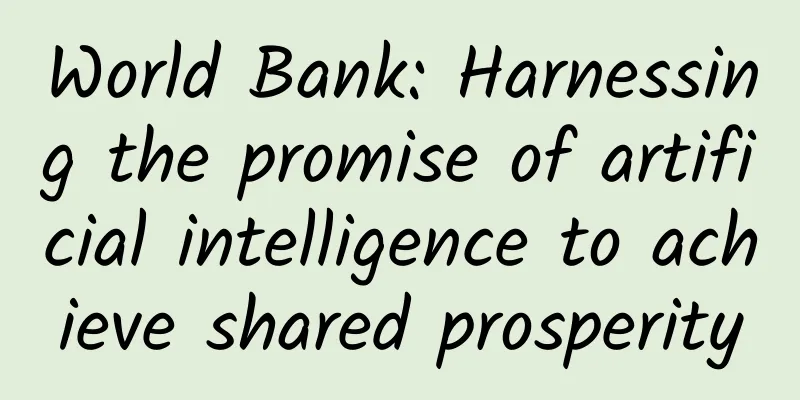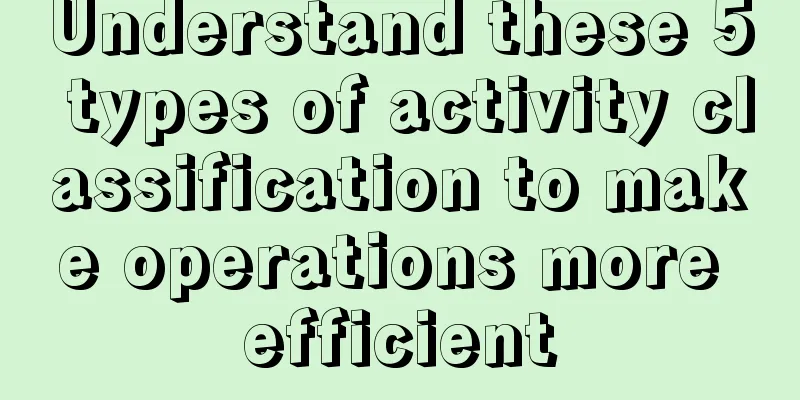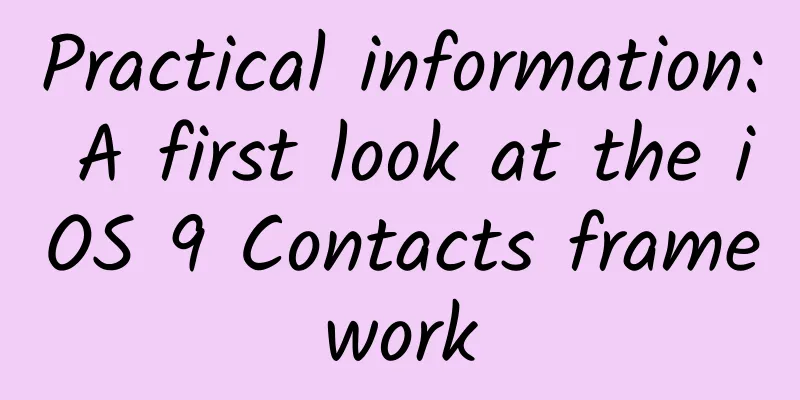World Bank: Harnessing the promise of artificial intelligence to achieve shared prosperity

|
Not a day goes by that we don’t see a headline about how generative artificial intelligence (AI) will change everyone’s future. To some, it’s like Promethean fire that can solve the most pressing challenges, including eradicating poverty. To others, AI means lost jobs and the end of the post-industrial world as we know it. There is some truth to both extremes. We don’t yet fully understand the effects that AI will have on our economic structure and employment, human potential, and our pursuit of progress, but we can already see that it will drive a technological revolution. This isn’t the first time we’ve seen something like the steam engine revolutionize transportation. Learning from the past, drawing from the present. In the long run, AI will also be able to boost growth and prosperity. Contrary to expectations, there will be some disruption along the way, and at least some industries and occupations will disappear forever. Goldman Sachs conservatively estimates that up to 300 million full-time jobs will be affected by AI in the next decade, equivalent to about 8.5% of the global workforce. To put this in perspective, for a country like Mexico, this is equivalent to more than 5 million jobs affected, which is more than the entire population of Uruguay. The International Monetary Fund (IMF) estimates that about 40% of jobs worldwide will be affected by AI, and up to 60% of jobs in developed economies may be affected because AI mainly affects high-skilled jobs. Nonetheless, from a macroeconomic perspective, AI appears to be the long-awaited solution to the global productivity slowdown that has been the root cause of slow growth in developed economies over the past two decades. Goldman Sachs analysts speculate that widespread AI will increase U.S. labor productivity by nearly 1.5 percentage points per year over the next decade. Based on the historical average growth rate of 1.5% per year from 2007 to 2019, this means that productivity growth will more than double, reaching the highest rate since World War II. While it will be beneficial in the long run, the key question is: what will happen in the next decade? What should society and government do to ensure a smooth transition? In other words, how can we use the creative destruction process of artificial intelligence to achieve shared prosperity? We have the power to shape the future. The impact on jobs will depend on whether AI replaces or complements workers, which can be affected through fiscal policy, incentives, and regulation. If AI already complements workers, it can enable them to be more efficient, perform higher-quality work, or complete new tasks. Significant further increases in productivity could create new jobs in the same industry or by expanding the scope of activity in related industries. Advances in healthcare and education hold the promise of significantly further improvements in our living standards. Contrary to expectations, the cost of transition is high, and while we have policy tools and institutions that can effectively mitigate the impact of AI, we also need new ones, including new fiscal policies and regulations, to ensure that productivity gains are beneficial to labor and capital. As Angus Deaton points out in American Economics, redistribution and pre-distribution must be carefully calibrated to ensure that the significant increase in inequality seen in other technological revolutions is avoided and that democratic institutions are protected. Ultimately, how many jobs are created or destroyed, which categories of workers face the greatest change, how AI promotes automation in various industries, and where those industries are located all depend on the policy choices we make today. Even if advanced economies bear the brunt of the impact, eventually developing economies, where capital and skilled labor are scarce but demographic pressures are high, will also be affected. While we can’t predict exactly how much AI will change things, we can be sure that it promises to bring about fundamental changes that we can choose to shape. As MIT professors Darren Acemoglu and Simon Johnson note in their book Power and Progress: “Technological progress can only lead to truly shared prosperity when its direction and distribution are no longer firmly in the hands of a small elite.” Let’s work to ensure that everyone can benefit from this latest technological revolution. Author Arturo Herrera Gutierrez Equitable Growth, Finance and Institutions Practice Group Global Director and Vice President of Global Governance Jasmin Chakeri World Bank Macroeconomics Global Business Manager, Trade and Investment Nathalie Picarelli Senior Economist, World Bank |
<<: Alternative Pirates and Treasures TV version "Happy Pirates" first experience
>>: The self-revolution of the small circle Meizu Note 2 hands-on experience
Recommend
Xiaohongshu KOL promotion: the secret of note ranking and weight algorithm!
Two months have passed since Xiaohongshu’s big pu...
5 key points for Tik Tok monetization!
As one of the short video platforms with the larg...
The catkins are coming! Please keep this guide to catkin protection during the catkin season
With the rising temperature in the past few days ...
QQ’s anxieties are all written into WeChat mini-programs
Recently, QQ has been on the hot search again, th...
When "National Hypertension Day" meets Cold Dew, how can we get through it smoothly?
Author: Liu Machao Department of Cardiology, Xuan...
Some people were silent when they saw this picture, while others were envious.
The World Cup is over. I wonder if you still reme...
Tesla is in talks with local authorities on building a factory in India, and both candidate sites said they are in progress
Not long ago, it was revealed that India offered ...
Epidemic & Capital, Analysis of the Self-help Case of the Medical Beauty Boss in a Short Video
In this cold winter of the epidemic, bosses shoul...
Tesla's new progress in localization: $145 million to purchase factory land
Tesla is reportedly seeking land for its Shanghai...
Mercer & Marsh & McLennan: Aging and Automation Resilience Index Report
A new study from Mercer and Marsh & McLennan ...
Beware! Typhoon Mulan is approaching
The reporter learned from the Hainan Provincial M...
After a year of brutal trials and tribulations, how can video games break the ice and be reborn in the cold winter?
After a year of rapid development, TV games have ...
Huang Daozhu's Douyin storytelling short video fan training camp, multiple monetization suggestions, it is easier to be popular during the current bonus period
Huang Daozhu's Douyin storytelling short vide...
Standards help small and medium-sized enterprises to implement digital transformation and make it more practical and detailed
The "14th Five-Year Plan for Digital Economy...
The history of cars “borrowing power”: Will humans be able to drive “nuclear-powered” cars in the future?
Author: Duan Yuqin, Duan Yuechu, Huang Xianghong,...









